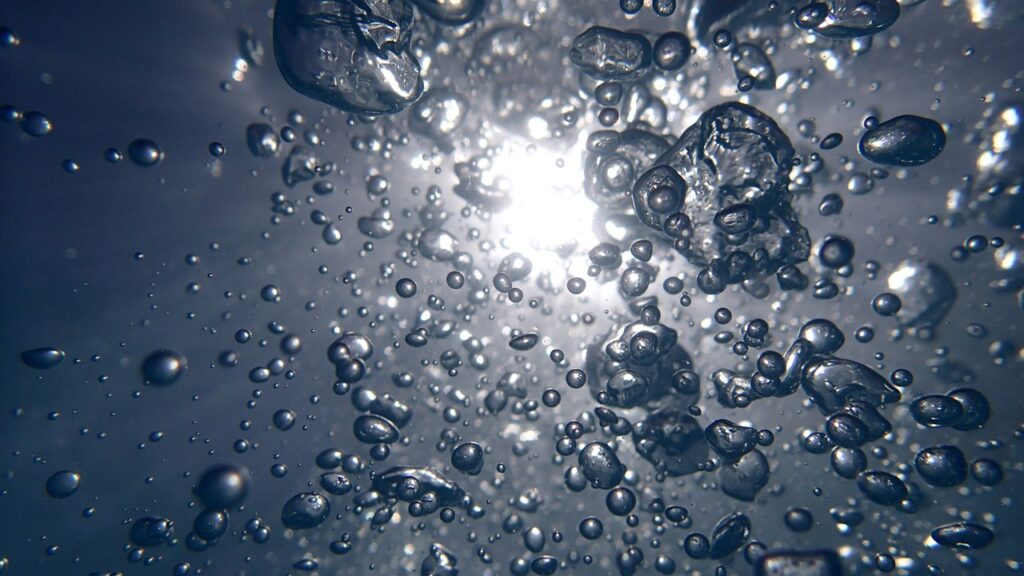According to a story from The Whitewater Company, parents Paul & Heather Lynn were at a loss for what to do when their daughter Clarity was born with the rare skin disease harlequin ichthyosis. However, by working with a device manufacturer, they helped develop a new medical device specifically tailored to treat this rare disease using a method that is both safe and effective.
About Ichthyosis
Ichthyosis is a group of skin conditions most characterized by skin that is thickened, scaly, and dry. Harlequin ichthyosis is the most severe form, in which the skin thickens to form scale like plates with cracks in between, causing several dangerous complications. This form of the disease is often life-threatening, with death in first month of life common. Different forms of the disease are linked to various genetic mutations. Diagnosis is based on skin appearance and genetic testing. In harlequin ichthyosis, symptoms include very thick skin plates that fall off, facial deformations, increased risk of infection, joint abnormalities, and growth delays. Treatment often focuses on hydrating the skin, typically with ointments and lotions; examples include propylene glycol, and retinoids are used in severe forms. Patients may have to be cautious about sun exposure, which can worsen the condition in some cases. To learn more about ichthyosis, click here.
Finding and Developing a New Treatment
Clarity was born with hearing loss and lacks the ability to sweat; her parents say that she produces as much as 30 times the amount of normal skin each day. As she continued to struggle, Paul and Heather found that the current treatment options did very little to improve Clarity’s condition. But eventually, they were able to discover a treatment that was able to make a real difference: oxygenated nanobubbles. The parents eventually commercialized their discovery with the development of the Portable Nanobubble system.
Nanobubbles are extremely tiny and consist of a thin shell surrounding a gas core. They can be utilized in molecular and ultrasound imaging. For treating ichthyosis, the nanobubbles are integrated into water along with along with compressed oxygen drawn from the surrounding air. The tiny size of the bubbles allows for a form of hydrotherapy with greater effectiveness.
“Our daughter’s skin never looked healthier, and we felt strongly about sharing this discovery with other families and individuals affected with ichthyosis.”







